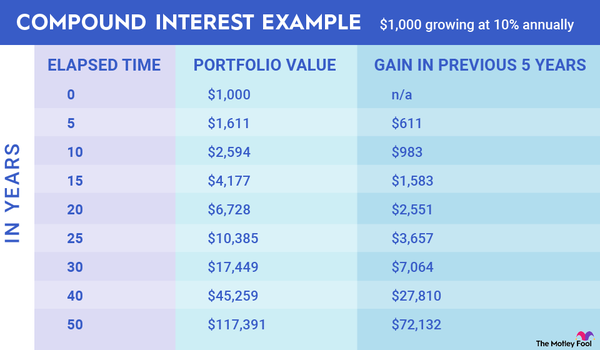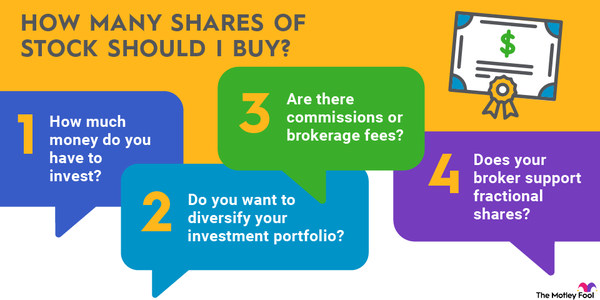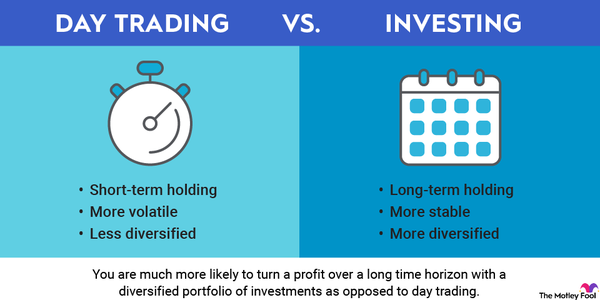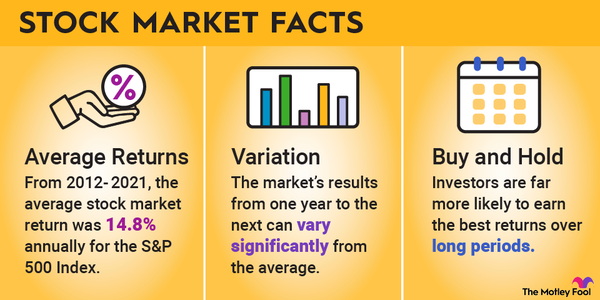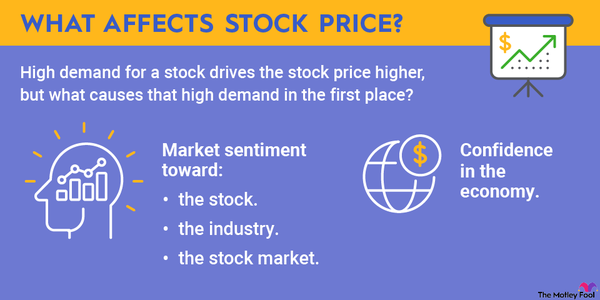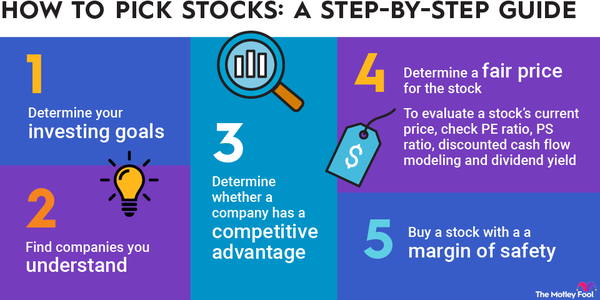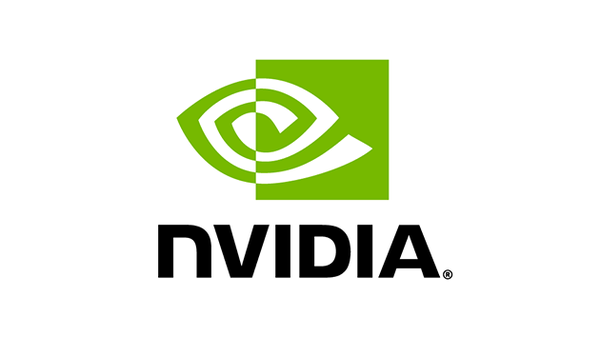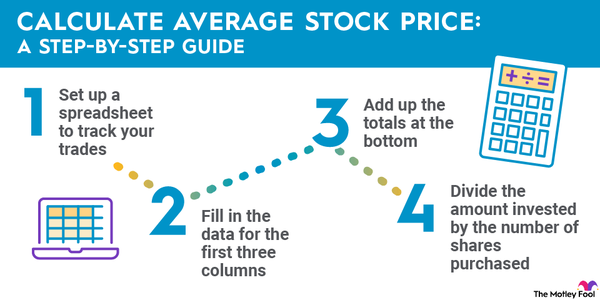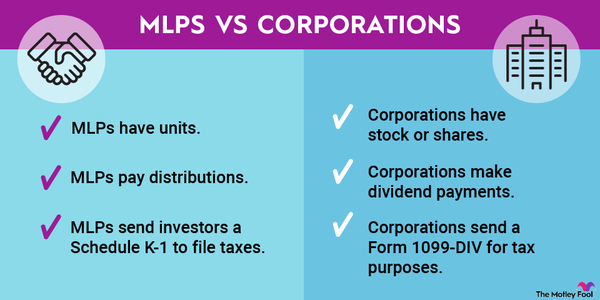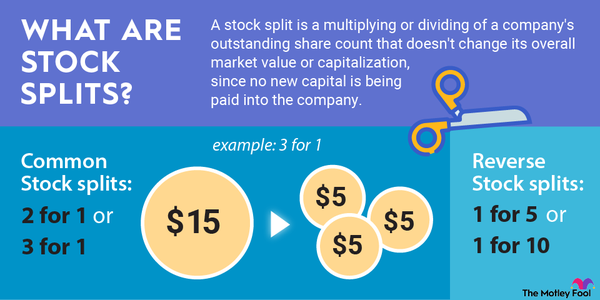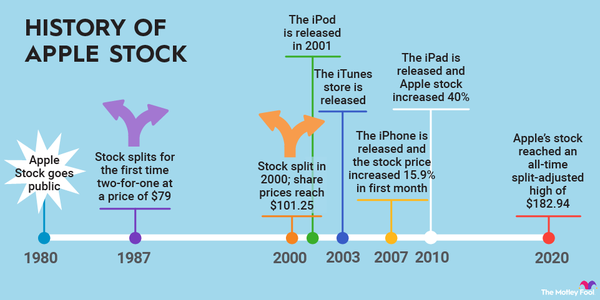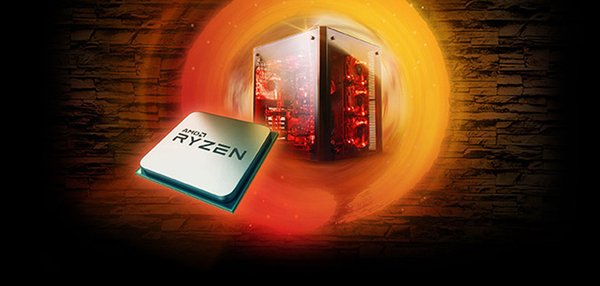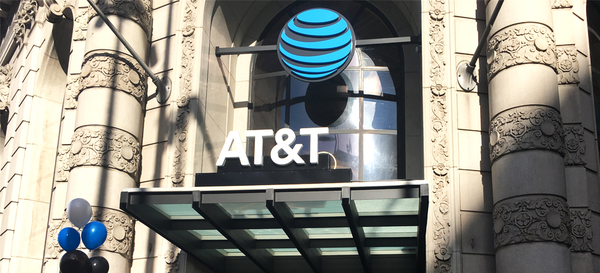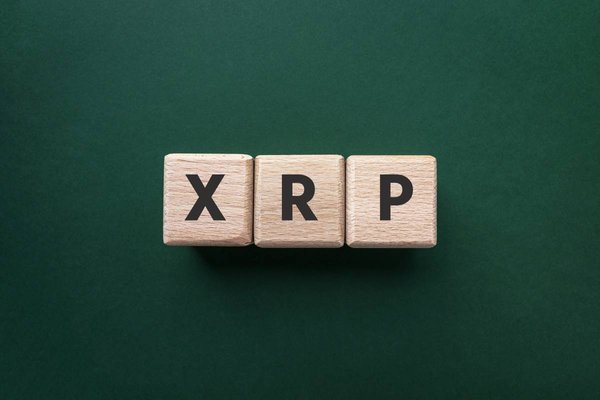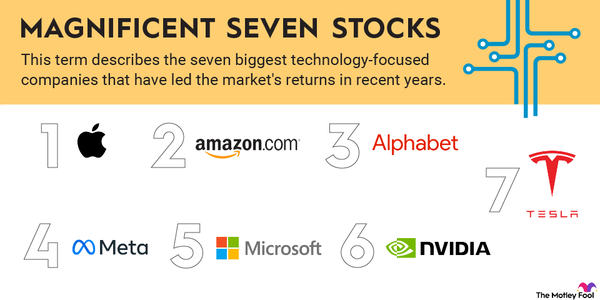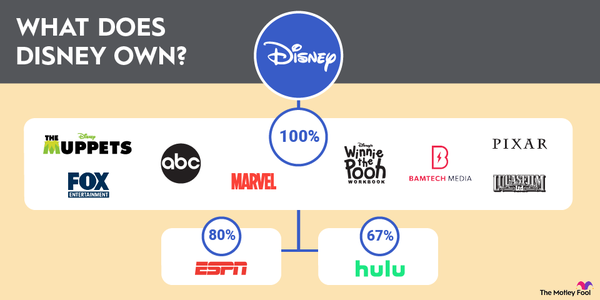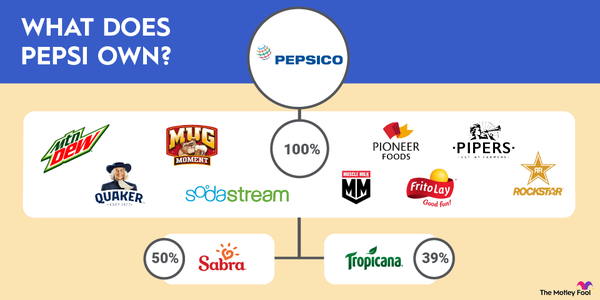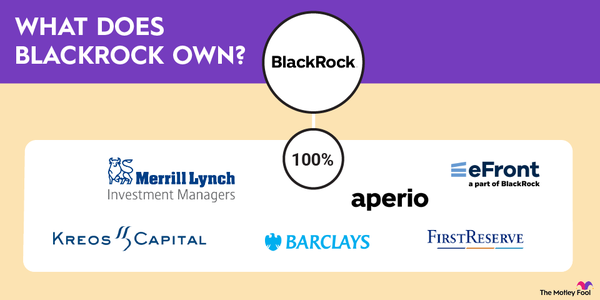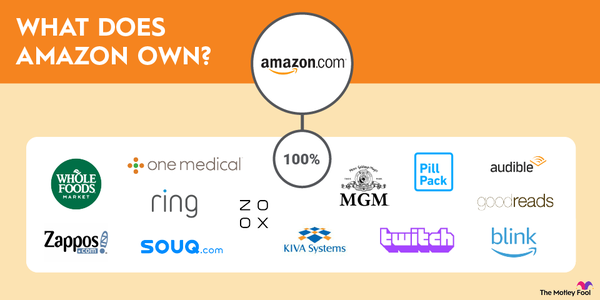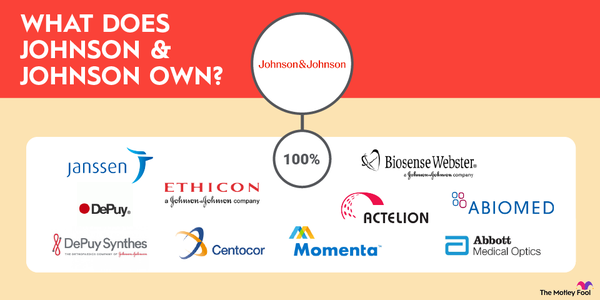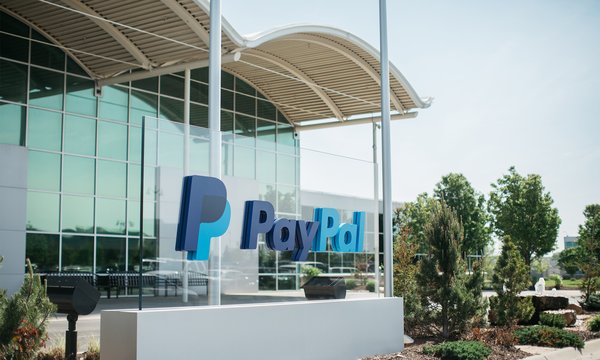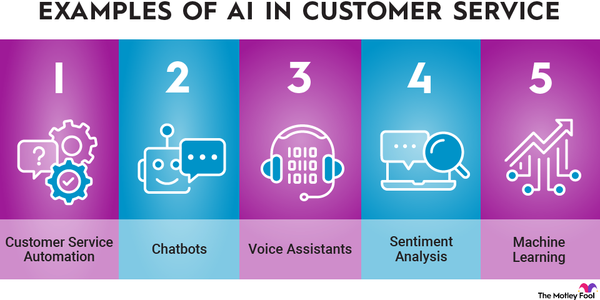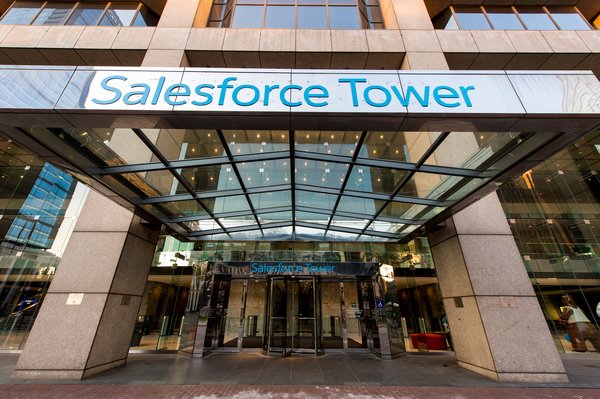Cybersecurity is one of the great technology trends today, and Palo Alto Networks (PANW 1.2%) is one of the most important players in the space. Rather than focusing on just one particular portion of the cybersecurity market, the company plays in every corner of the market it can. Investors need to familiarize themselves with this business, given its breadth of products and scale.
Palo Alto Networks was founded in 2005, and its first product hit the market in 2007. The company's initial claim to fame was its firewall hardware for enterprises, a physical device that stops certain cyberthreats.
From the get-go, the start-up faced some steep competition, including juggernaut Cisco Systems (CSCO 1.58%). But despite the strengths of the entrenched players, Palo Alto Networks' hardware quickly gained attention.
In 2011, research firm Gartner (IT -0.19%) officially recognized Palo Alto Networks as a leader in the firewall space. In 2022, Gartner named the company a leader for the 11th consecutive year.
As it's succeeded in its firewall business, Palo Alto Networks has expanded into other cybersecurity technologies, including cloud security, endpoint security, analytics, consulting, and more. Palo Alto Networks is finding success as it branches out.
As of 2025, Gartner had named Palo Alto Networks a leader in SSE (security service edge), single-vendor SASE (secure access service edge), and SD-WAN (software-defined wide area network). It's the only vendor to be named a leader in all three Gartner Magic Quadrant reports.
In June 2018, Palo Alto Networks hired current CEO Nikesh Arora, an experienced executive known for acquisitions. Arora has certainly lived up to his reputation. Since he was hired, the company has made more than 17 acquisitions for a total price tag of about $6.67 billion. Its growth-by-acquisition strategy is part of how the company has expanded toward becoming an all-in-one cybersecurity provider.
Now, let's look at how to buy Palo Alto Networks stock and some things investors should know before deciding whether it's a good buy.
How to buy
How to buy Palo Alto Networks stock
Palo Alto Networks is a publicly traded company, which makes investing in it easy. It trades on the Nasdaq stock exchange under the stock ticker symbol PANW. Here are the steps you need to take.
Step 1: Open a brokerage account
Stocks are purchased through brokers. So, the first step to buying stocks is opening a brokerage account. Compare a few brokerage options before settling on one that works best for you. Some things to consider when choosing a brokerage include low fees, low account minimums, and an easy-to-navigate user interface.
Step 2: Figure out your budget
Next, decide how much you want to invest. Two considerations may guide decisions here:
- It's a good idea to own at least 25 stocks in a diversified portfolio. Make sure you don't allocate too much of your total budget to any one stock.
- You don't have to buy your entire position in a stock right away. You can use a strategy called dollar-cost averaging to add to your position little by little.
Dollar-Cost Averaging
Step 3: Do your research
You don't have to know everything about a company before buying shares. But you do need to know enough to make an informed decision.
Essentially, you're trying to discover how quickly and by how much a company's profits can increase. It's good to research issues, such as economic trends, competition, how the company makes money, opportunities to expand into new products and services, and the potential for improving profit margins.
Step 4: Place an order
Each brokerage's user interface is a little different. Basically, you'll need to navigate to the trade option and enter the ticker symbol and either how many shares you want to buy or how much money you want to invest.
You'll have the option to place either a market order or a limit order. A market order is the stock's price at the time of trade. However, the market price could fluctuate wildly, which motivates some investors to specify a price using a limit order. The Motley Fool generally recommends a market order.
Should I invest?
Should I invest in Palo Alto Networks?
There are multiple good reasons to consider buying Palo Alto Networks stock. It starts with the industry. These days, cybersecurity isn't a luxury -- it's a necessity. For this reason, it's an extremely important market to pay attention to.

Multiple research groups believe spending in the space will grow at a double-digit compound annual growth rate (CAGR) through the end of this decade. A 2022 report by McKinsey & Company suggests the total market size of cybersecurity could reach $2 trillion.
Clearly, there will be cybersecurity companies that are massive beneficiaries of this secular growth trend. Given that Palo Alto Networks is a recognized leader in multiple cybersecurity categories, it's logical to believe it can grow at an impressive rate long term. And long-term revenue growth is one of the most important factors for good investments.
For just one example of its growth potential, generative artificial intelligence (AI) is a hot trend. According to a 2023 study from Salesforce (CRM -1.19%), almost nine out of 10 information technology leaders believe generative AI will be a "prominent" tool for their business.
But a study from IBM (IBM 1.82%) that same year found that only about one-quarter of generative AI projects were secure from a cybersecurity perspective. This is one reason Palo Alto Networks is seeking to establish itself as a leader in AI cybersecurity.
The company is well positioned to benefit from such trends. Given these opportunities and its leadership position, it's no wonder its revenue grew 15% year over year during its fiscal third quarter 2025.
It's also important to note that Palo Alto Networks has a beta of 0.94, according to Yahoo Finance. This just means the stock is generally less volatile than the overall market and less prone to slightly larger swings in price.
That said, there are also good reasons for some investors to avoid Palo Alto Networks stock. For starters, most investors do not understand cybersecurity technology well, so it can be hard to confidently single out a winner in this space.
Beta
Additionally, Palo Alto Networks' growth-by-acquisition strategy has intrinsic risks for shareholders. It's hard to integrate new businesses into the company, it's possible to overpay, and it can dilute shareholder value. For perspective, as of August 2025, Palo Alto Networks' share count was up 23% since the start of 2021.
Profitability
Is Palo Alto Networks profitable?
Palo Alto Networks ends its fiscal year in July, so its earnings calendar differs from most companies.
Historically, Palo Alto Networks recorded net losses. But in fiscal 2023, the company recorded its first annual net profit, according to generally accepted accounting principles (GAAP). Then, in fiscal 2024, its profits took another big step forward, with the company earning almost $2.6 billion in net income.
Palo Alto Networks has the potential to remain profitable. Revenue for the company's subscription and support business segment is growing fast, lifting its gross profit margin, a trend that could continue.
Also, Palo Alto Networks' management recently reined in operating expenses as part of a multiyear plan. In its fiscal 2023, the company's revenue grew 25% year over year, while total operating expenses were up less than 16%. The trend continued in fiscal 2024, with revenue up 16% and operating expenses only up 15%.
This is leading to a higher operating margin, explaining its profitability. And management believes it can become even more profitable in future years.
Dividends
Does Palo Alto Networks pay a dividend?
Don't expect dividend payments from Palo Alto Networks anytime soon. The company has never paid one before, and its financial filing for its fiscal third quarter of 2024 says, "We do not intend to pay dividends for the foreseeable future."
ETF options
ETFs with exposure to Palo Alto Networks
For investors who love the idea of investing in the cybersecurity trend but don't want to pick stocks, exchange-traded funds (ETFs) could be a good option. There are many cybersecurity-focused ETFs, and many have outsize exposure to Palo Alto Networks.
For example, the First Trust Nasdaq Cybersecurity ETF (CIBR 0.4%) holds 34 stock positions as of August 2025. Palo Alto Networks stock makes up more than 7% of the total value for this basket. This gives investors significant exposure to Palo Alto Networks stock while providing exposure to the rest of the space via 33 other stocks, reducing risk if something were to go wrong for Palo Alto Networks.
Investors might also consider the Global X Cybersecurity ETF (BUG 0.12%) for a cybersecurity ETF with a slightly lower expense ratio. Its expense ratio is just 0.51% compared to 0.59% for the First Trust Nasdaq Cybersecurity ETF.
The Global X Cybersecurity ETF is a little more concentrated, with only 26 stock positions as of August 2025. But Palo Alto Networks still figures prominently in the portfolio, with an allocation of more than 5%.
Stock splits
Will Palo Alto Networks stock split?
In September 2022, Palo Alto Networks had its first stock split. It was a 3-for-1 split, meaning investors received two additional shares for each share they already owned. In December 2024, it had another stock split, this time a 2-for-1.
In an FAQ about the second stock split, the company stated the reason for the split was to make is easier for employees to acquire more whole shares through equity awards and more easily participate in the employee stock purchase plan, as well as to make the stock more accessible to a broader base of investors
It can be hard to predict upcoming stock splits. But considering management did a 3-for-1 split at around $500 per share (pre-split) and a 2-for-1 split at around $400 per share (pre-split), it seems Palo Alto Networks wants to keep its stock price below $200 per share. If its stock price were to climb above $400 in the future, it's possible the company would do another split.
Related investing topics
The bottom line on Palo Alto Networks
Cybersecurity is a fertile hunting ground for good investments because of how fast the space is growing. And Palo Alto Networks is a good company to consider, given its leadership position, the breadth of its offerings, and its history of success.
With how quickly things change in the cybersecurity world, the company must keep up with the innovations of cybercriminals. But it certainly has plenty of opportunities to create long-term shareholder value.
FAQ
Investing in Palo Alto Networks FAQ
Is Palo Alto Networks stock a buy or a sell?
Investing is a personal decision, so it's impossible to definitively say whether Palo Alto Networks stock is a buy or not. The company is growing fast in a hot industry, and many financial metrics are improving, which suggests the stock could head higher. But in a highly competitive, fast-changing space, Palo Alto Networks isn't guaranteed success.
Does PANW pay a dividend?
Palo Alto Networks does not pay a dividend and doesn't plan to pay one anytime soon.











